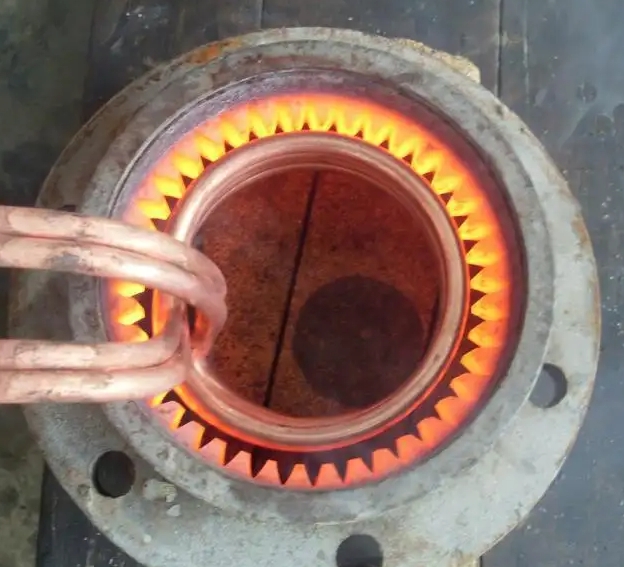- 23
- Apr
How to reflect the cooling system of high frequency quenching equipment
How to reflect the cooling system of high frequency quenching equipment
Electronic tubes, coils, silicon controlled rectifiers, power devices, inductors and other components in high frequency quenching equipment need to be cooled by cooling water. The cooling water inlet temperature should not exceed 35°C, and the outlet water temperature should not exceed 60°C. The pH value of the water should be in the range of 5.6-8.5, the hardness should not be greater than 60mg/L, and the resistivity should be >4KΩ/cm2. Users who use intermediate frequency quenching induction heating equipment have different conditions and do not pay enough attention to the cooling water system. They use well water or tap water instead of pure water according to the regulations, resulting in fouling of the cooling part, and the local temperature rise seriously affects the performance of electrical components. reliability and service life. Research and practical application have shown that the reliability of the system will be reduced by 50% for every 10°C increase in the temperature of a single semiconductor element compared to the normal operating temperature range. The cooling water system should be equipped with a water separator and a return tank to ensure the normal water supply and return of the equipment. Valves, pressure gauges, etc. need to be installed at the inlet and outlet of the water separator. The number and diameter of the water outlet pipes of the water separator are determined by the water inlet and outlet of the induction heating equipment, sensors, and output transformers. The water distributor should be equipped with a drain pipe to adjust the water pressure. The diameter of the outlet pipe of the return tank should be larger to ensure the smooth flow of return water.

